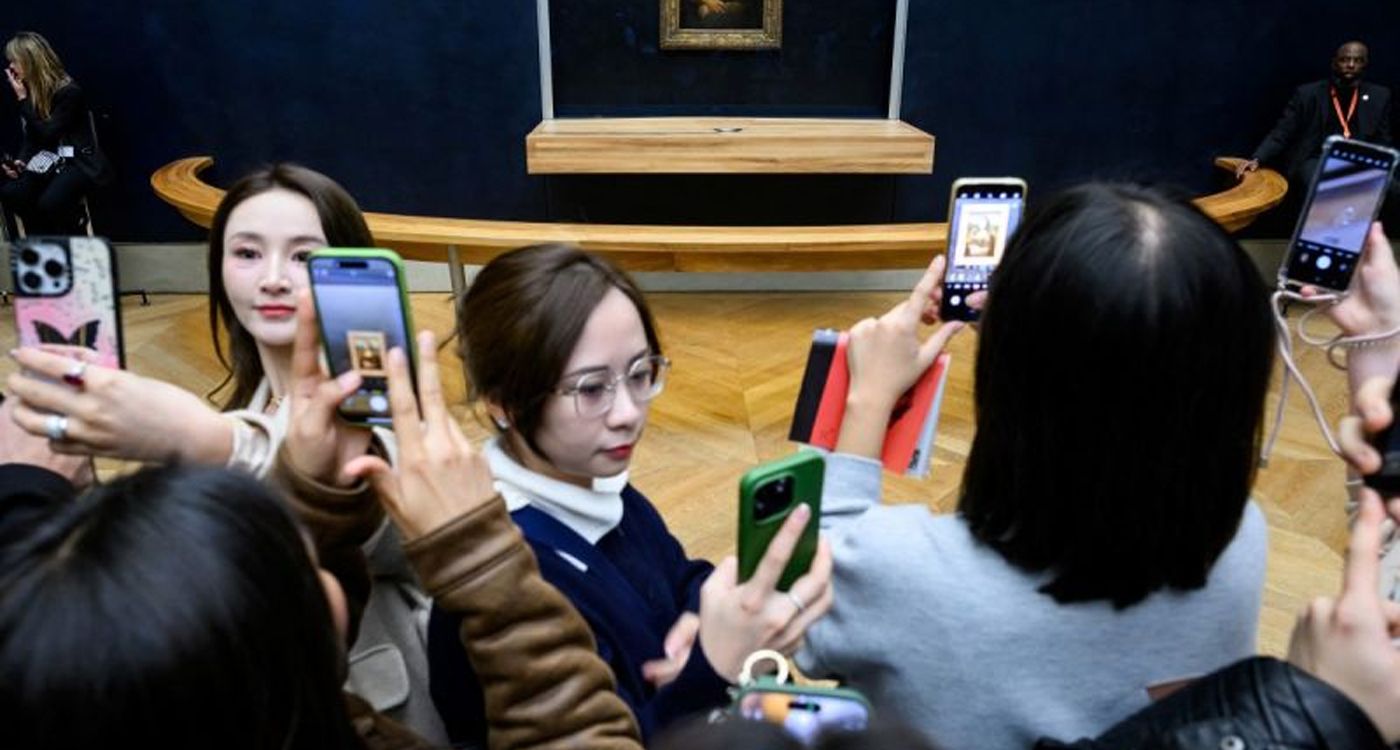
The Micro-Folies project, offering digital access to masterpieces from French museums, has reached Fleury-Mérogis prison. Through this initiative, inmates can explore art, fostering social reintegration and cultural education in a setting that encourages personal and collective growth.
In the classroom of the school center at Fleury-Mérogis prison, Barbara Beautier, head of the “Micro-Folies” digital museums in Île-de-France, projects The Mona Lisa on a giant screen in front of four inmates.
“What strikes you about this painting?” asks the young woman, zooming in on Leonardo da Vinci’s masterpiece.
“Her eyes?” one inmate timidly suggests.
“The line in her hair... She’s wearing a veil,” remarks his neighbor.
“She doesn’t have eyebrows!” exclaims a third inmate.
These prisoners are here to inaugurate the Micro-Folie at the Essonne detention center, the 500th one launched since the project began in 2017. Supported by the Ministry of Culture and coordinated by La Villette, this initiative offers free access to the works of 12 national institutions—such as the Louvre, the Pompidou Center, the Paris National Opera, the Palace of Versailles and the Avignon Festival—through digital platforms.
Primarily intended for isolated areas (priority neighborhoods, rural zones), the program is entering a prison environment for the first time, bringing its resources to Fleury-Mérogis, the largest penitentiary in Europe, home to over 4,300 inmates.
On the four tablets in the small room with orange walls, the prisoners view paintings, sculptures and a short excerpt from Rossini’s opera The Barber of Seville. Each piece is accompanied by explanatory texts and, at times, mini-games.
For Jérémy (names have been changed), this tool is “easy to access” and “makes you want” to learn more about art history. The young man shares that the only two museums he had visited before his incarceration were the Louvre and the Cité du Train in Mulhouse.
“I’ve always been interested in painting, but I never felt like I belonged in a museum,” says Kevin. “I didn’t have the chance to go when I was in school, but now I’m going to sign up on the waiting list,” continues the inmate, who has a particular interest in African art and Monet’s works.
Access to Beauty
The Micro-Folie workshops at Fleury-Mérogis will be facilitated by a cultural coordinator from the prison, a teacher, an external lecturer or a volunteer from the association “Lire, c’est vivre” (Reading is living), which promotes reading in detention.
Thematic workshops, lasting about 1.5 hours, will be offered to small groups of adult inmates in the building where the program is set up.
“It’s a protected space where inmates can start from almost nothing and build something, either individually or collectively,” says Samia Sedjari, principal of the prison’s eight school centers.
For the heads of the prison administration and the state officials present at the inauguration, Micro-Folie can also be a tool for reintegration and the prevention of recidivism.
“Culture is a means of socialization and integration, allowing people to open up to the world and to others,” argues Edouard Foucaud, director of the Essonne Penitentiary Service for Reintegration and Probation (Spip).
“This access to beauty must continue after their release,” adds Marc Guillaume, the Prefect of the Île-de-France region.
The implementation of Micro-Folie at Fleury-Mérogis posed challenges in terms of IT security. To bypass phone signal jammers and protect against cyberattacks, a specialized company had to install a software capable of operating without internet access. The system is only connected when updating the digital catalog.
“This isn’t a gadget but a tool for reintegration,” insists Edouard Foucaud.
After Fleury-Mérogis, Micro-Folies plans to bring the project to other penitentiary institutions in the Île-de-France region.
With AFP



Comments